Mental Health Disorders
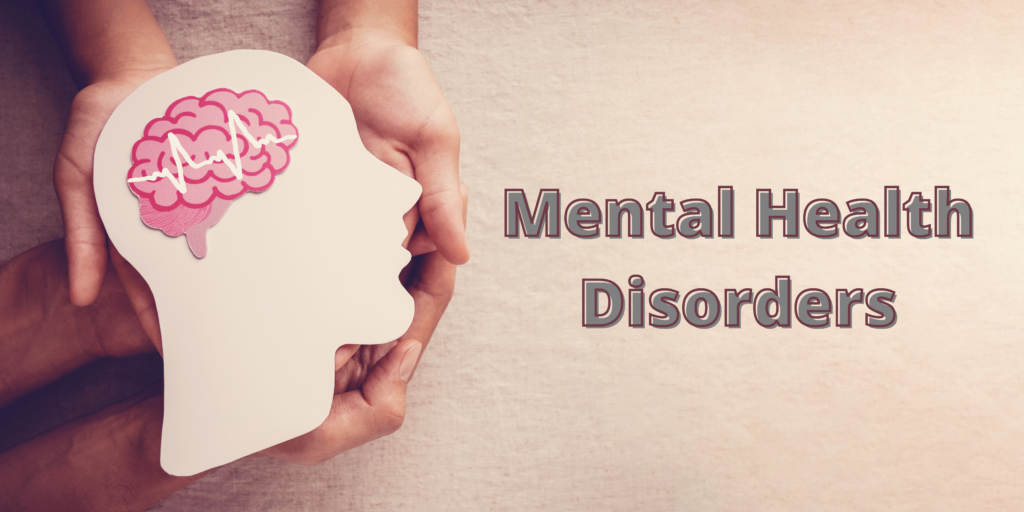
We often take a number of measures to maintain our physical health to keep us away from ailments. Taking care of one’s mental health is just as important. There are many types of mental health conditions that can affect an individual at some point during their lives. In order to deal with such conditions, it is essential that people be more aware of the various types of mental health disorders or illnesses and seek professional help whenever required.
WHO defines health as “a state of complete physical, mental and social well-being, and not merely the absence of disease”.
Mental health can be defined as a “state of well-being in which the individual realizes his or her own abilities, can cope with the normal stresses of life, can work productively and fruitfully, and is able to make a contribution to his or her community” as per WHO.
Mental health disorders (or mental illnesses) are characterized by a clinically significant disturbance in an individual’s cognition, emotional regulation, as well as behavior. These are often associated with distress or impairment in an individual’s personal, social or occupational areas of functioning.
People affected by some type of mental health condition are approximately 1 in 8 persons. As of 2017, 970 million people were living with a mental health condition. The numbers increased significantly in the following years with the COVID-19 outbreak. Anxiety and depression were the most prevalent conditions during this period.
Worldwide, number of people affected by mental illnesses are significant. However, a high number of individuals currently do not have access to effective treatment and care.
The classification of mental disorders helps in treating and managing people with such illnesses.
Types of Mental Health Disorders
There are many types of Mental health disorders or illnesses. The most common among them are:
Depression
Depression is a condition that is characterized by persistent low mood, most of the day, significant reduction in energy and loss of pleasure in activities that were previously enjoyed, moreover these symptoms are present for a period of at least two weeks. Other symptoms include sleep disturbances, significantly reduced or increase in appetite difficulty in concentration, depleted sense of self-worth, low confidence level, feelings of guilt, loss of motivation, hopelessness, as well as suicidal thoughts. According to WHO report, people affected by depression globally are 5 in 100 persons. COVID-19 pandemic has increased the prevalence rate of depression upto 25% (WHO, 2022).
Anxiety Disorders
Getting anxious and worried is a common experience that we go through every once in a while. It becomes problematic, once it starts interfering in our daily functioning, . Anxiety disorders are a group of conditions, key feature of which is fear, worry or anxiety that is persistent and which tends to get worse over time. It affects various domains of an individual’s life such as his/her personal, social or occupational functioning. This mental health disorder includes conditions like generalized anxiety disorder (GAD), phobias, panic disorder, and social anxiety disorder (SAD). Global prevalence of anxiety disorders in estimated to be between 2.5-7%.
Bipolar Disorder
Bipolar Disorder or Bipolar Affective Disorder (BPAD) is an affective disorder which is characterized by apparent mood swings. It ranges from emotional highs (Mania) to lows (Depression). The mood changes occur in an episodic manner, where the episodes alternate with one another. That is, a depressive episode following a manic episode and so on.
Mania (or hypomania) is a mental health condition that is best described as a “euphoric” state. In it, the individual experiences increased energy levels, inflated sense of self that is apparent in form of grandiosity, over-talkativeness or pressured speech, significantly reduced need for sleep and often, a loss of touch with the reality. A depressive episode on the contrary is marked by significantly low mood, persistent fatigue, loss of pleasure in activities, depleted confidence and sense of self. These episodes can last for a few days to a few months, varying across individuals.
The estimation for global prevalence of Bipolar disorder is between 0.3-1.2%.
Schizophrenia
Schizophrenia is a psychotic disorder that severely affects an individuals thoughts, behaviors, emotions and the way they perceive reality.
Some of the most common symptoms of this type of mental health illness include presence of delusions, hallucinations, disorganized behavior and speech and loss of touch with reality. Schizophrenia can severely impair an individual’s functioning at home, as well as work. Other symptoms includes depleted self-care, participation in activities, social-withdrawal, inability to express emotions adequately, inappropriate behavior, as well as catatonia.
The estimation for global prevalence of schizophrenia is around 0.2-0.4%.
Eating Disorders
Abnormal eating behaviors describes a number of conditions which includes eating disorders. Most common eating disorders are Anorexia Nervosa, Bulimia Nervosa, and Binge eating disorder.
Anorexia Nervosa
Anorexia nervosa is a type of mental health illness where an individual is fearful of gaining weight and takes extreme measures to avoid weight gain. It can include taking limited amounts of food; excessive fasting and rigorous exercise to avoid weight gain. Such individuals often have significantly low body weight with respect to their age, sex, or height, with a very low BMI. Severe cases of anorexia have BMI of 15 or less.
Bulimia Nervosa
Bulimia Nervosa is a condition where the individual engages in repetitive patterns of eating binges where they consume large amounts of food, followed by inappropriate compensatory behaviors like vomiting (self-induced) or excessive use of laxatives or rigorous exercises. Unlike anorexia, people with bulimia nervosa usually maintain a normal or above normal BMI.
Binge Eating Disorder
Binge eating disorder is a condition which is described by recurrent episodes where the individual consumes large quantities of food in a relatively short duration of time, leading them to become uncomfortably full. These episodes are not followed by any compensatory behaviors that are seen in bulimia nervosa. Binge eating disorder is a risk factor for obesity.
Individuals diagnosed with eating disorders are 0.1-1% globally.
Substance Use Disorders
Substance use disorders are a group of mental health disorders which affect an individual’s brain chemistry as well as behavior such they engage in repetitive use of a substance (like, alcohol, illicit drugs, tobacco, etc.). Despite their harmful use, they experience an inability to control the use of these substances. The individual, after repetitive use of the substance often develops an increased tolerance, that is, more amount of the substance is required to produce the desired effect. Also, they experience a withdrawal syndrome which is a cluster of physiological, cognitive and emotional symptoms that arise due to abstinence of the substance. The most commonly abused substances include tobacco, alcohol, marijuana, opiods, etc.
The estimate of global prevalence for alcohol use is 1.4%, and that for illicit drugs it is 0.9%.
Developmental Disorders
Developmental disorders, also known as childhood disorders are mental heath conditions that are diagnosed during childhood or adolescent period. Most common areas impacted in these type of mental health disorders are that of learning, behavior, and emotional control. Some of the commonly diagnosed conditions of childhood mental health disorders include:
- Attention deficit hyperactivity disorder (ADHD)
- Anxiety
- Autism
- Learning disability
- Conduct disorder
- Specific phobias
Approximately 10% of children and adolescents globally, suffer from some or the other kind of mental health condition.
Psypathy is a community network that aims at improving mental health awareness and effectively building a channel for those in need of professional help. Our objective is to improve mental wellness for everyone.
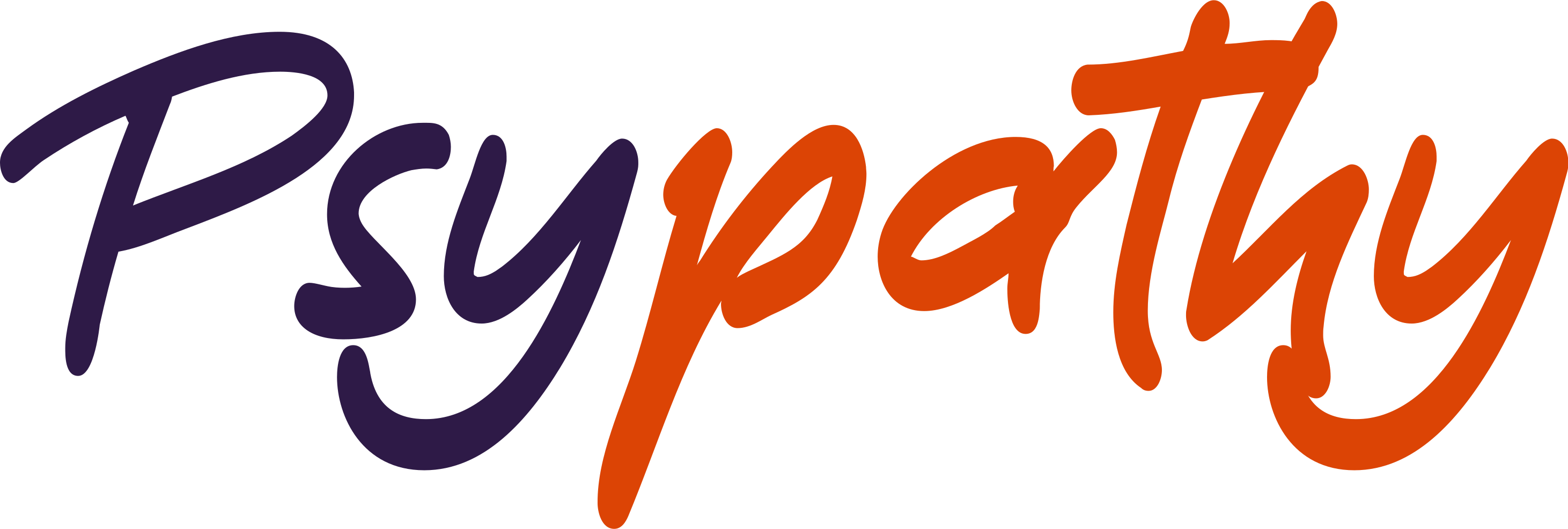
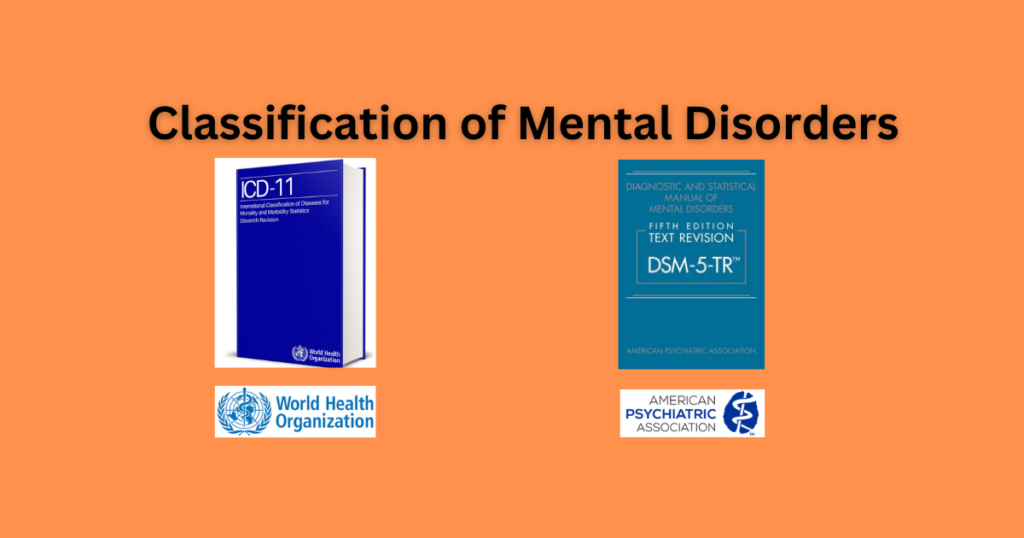
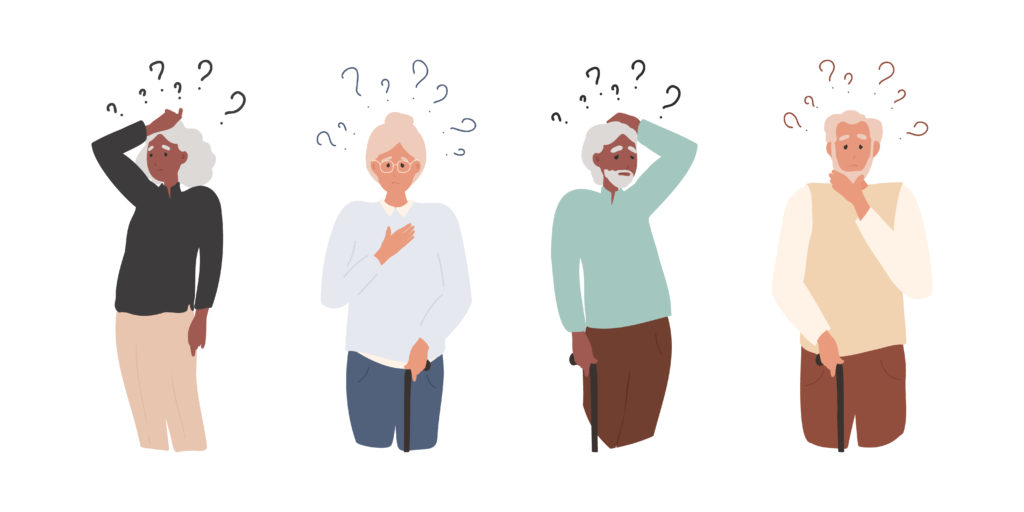

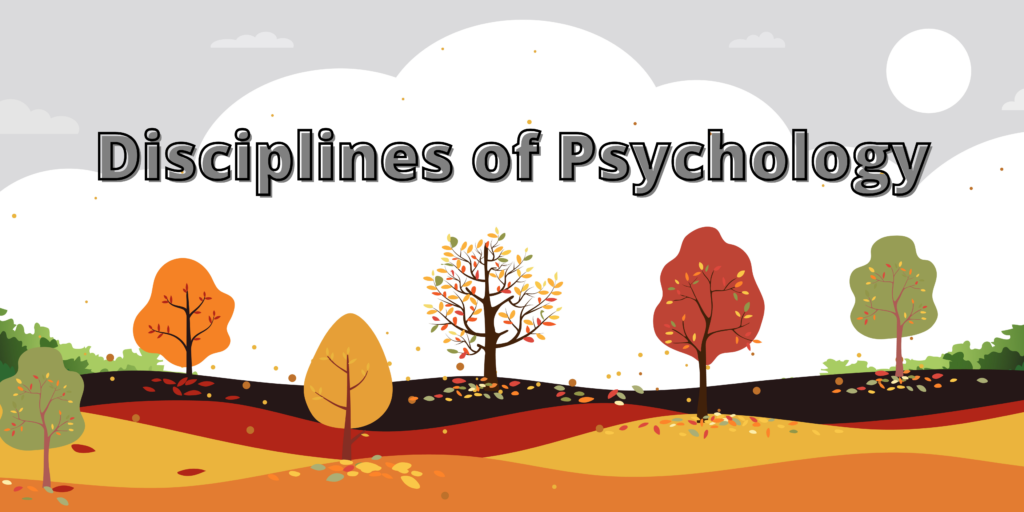

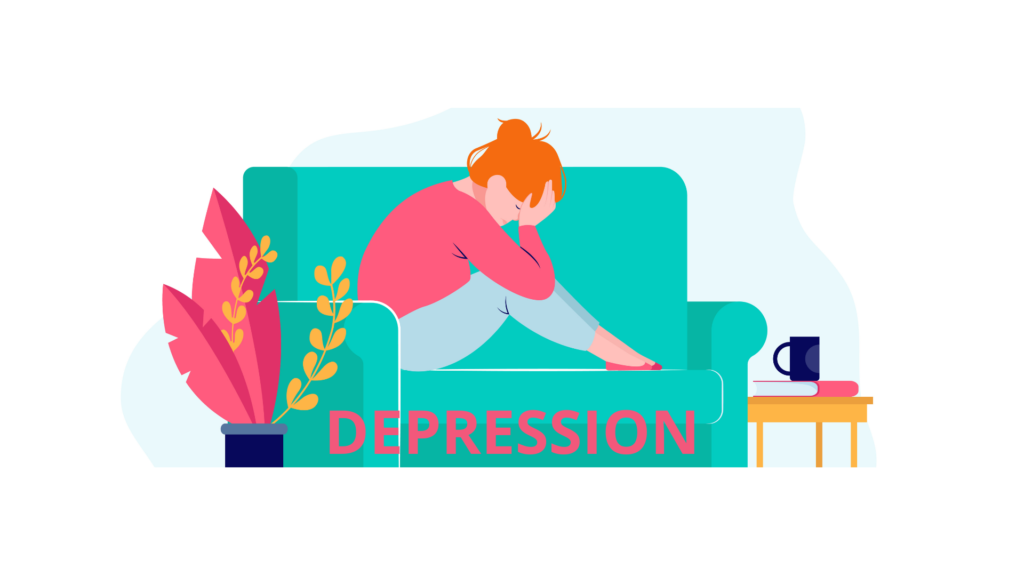
While its important to be aware of these conditions, it is equally important to help such people seek all the help required.
Being mental health professionals, we must encourage others , and at times our colleagues too, who might be showing symptoms of mental illness, to seek therapy.